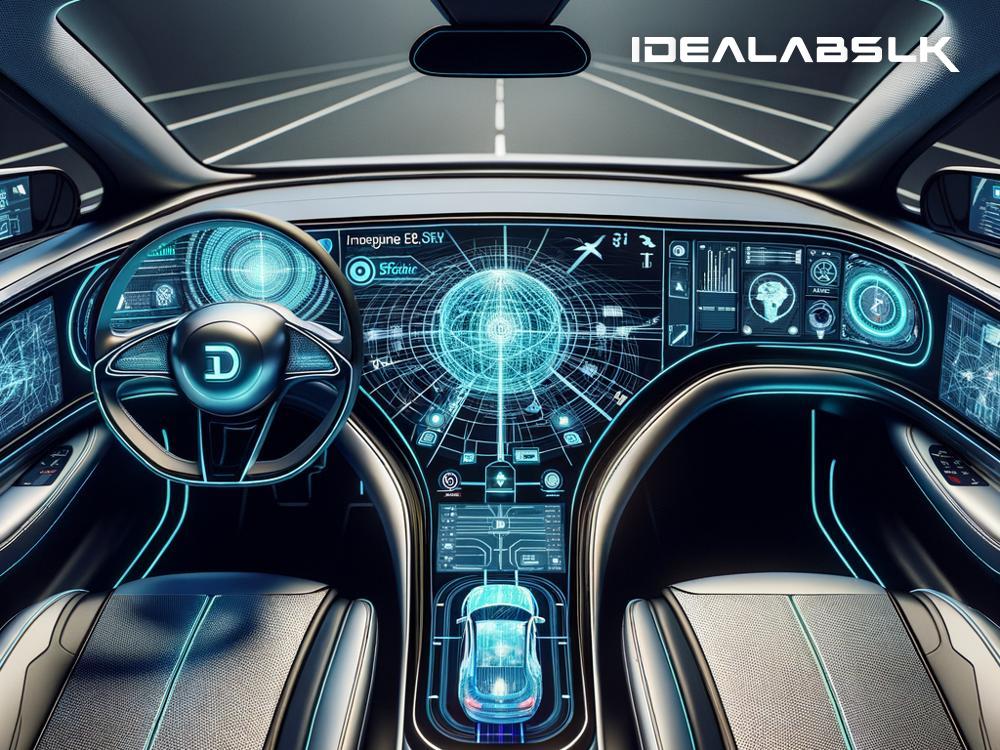Title: Steering Into Tomorrow: The Future of UX in Autonomous Vehicles
The advent of self-driving or autonomous vehicles (AVs) isn't just something out of a science fiction novel anymore; it's a reality that's taking shape on our roads today. As these vehicles shift gears from imagination to asphalt, there's a buzzing curiosity around what the future of user experience (UX) will look like in the driverless era. After all, the transition from traditional cars to autonomous ones isn't merely a technological evolution but a complete transformation in how we interact with our vehicles.
User experience, or UX, refers to the overall experience a person has when using a product, especially in terms of how easy or pleasing it is to use. In the context of autonomous vehicles, UX takes on a whole new dimension. With the driver's role drastically changing, if not entirely eliminated, UX designers are now faced with the monumental task of reimagining the car's interior from a driver-centric environment to a passenger-focused one. Here's what the future of UX in autonomous vehicles may hold!
More Than Just Transportation
Firstly, autonomous vehicles will redefine our perception of cars. Today, we see them primarily as a means of getting from Point A to Point B. However, with the onset of driverless technology, cars could transform into mobile living spaces. Picture this: your car could become a mini-office where you work while commuting, a lounge for socializing, a play area for kids, or even a space for relaxation and meditation. The possibilities are endless, and UX designers are at the forefront of making these versatile environments both functional and comfortable.
Personalization at Its Peak
The future of UX in autonomous vehicles is likely to be highly personalized. Imagine stepping into a car that adjusts the seat, climate, and even the music playlist automatically according to your preferences. But it doesn't stop there. Based on your schedule, the car could suggest the best routes, prepare your agenda for the day, or even recommend stopping at a coffee shop based on your previous behavior. This level of personalization will transform the journey experience, making it not just about the destination but how you get there.
Seamless Integration with Smart Ecosystems
As our homes and workplaces become smarter, autonomous vehicles won't lag behind. Seamless integration with other smart devices and ecosystems will be a crucial aspect of UX. Your car could communicate with your home to turn on the lights and adjust the thermostat right before you arrive. Or, it could sync with your office's parking system to reserve a spot in advance. This integration will ensure a smooth transition between different environments, making your daily routines more efficient.
Intuitive Interfaces and Interactions
With the steering wheel out of the picture, how we interact with autonomous vehicles will undergo a complete overhaul. The future of UX lies in creating intuitive interfaces that are easy to use for everyone, including children, the elderly, and people with disabilities. Voice commands, gesture controls, and touchscreen interfaces are likely to be the norm. Moreover, as Artificial Intelligence (AI) becomes more sophisticated, vehicles might proactively anticipate needs and preferences, reducing the need for manual inputs.
Safety and Trust
While the technology behind autonomous vehicles promises to reduce accidents caused by human error, earning passengers' trust remains a challenge. Therefore, UX designers will need to prioritize creating interfaces that not only keep passengers informed about what the car is doing but also why it's doing it. Transparent communication about the vehicle's actions and its surroundings will be vital in building trust and ensuring a comfortable ride.
The Road Ahead
As we cruise into the future, it's clear that UX in autonomous vehicles is not just about aesthetics or entertainment; it's about redefining the concept of mobility. Designers will need to craft experiences that cater to diverse needs and preferences, ensuring comfort, safety, and enjoyment. The journey towards fully autonomous vehicles is still underway, but one thing is for certain – the role of UX will be pivotal in steering us towards an exciting and inclusive future on the roads.
In conclusion, the future of UX in autonomous vehicles is brimming with possibilities. From transforming cars into versatile living spaces and providing personalized experiences to integrating with smart ecosystems and building trust through transparency, UX designers are set to play a crucial role in shaping how we navigate the roads of tomorrow. As we buckle up for this ride, one can only imagine the innovative and intuitive designs that await us. The future of mobility is not just about reaching our destination; it's about enjoying the journey in ways we never thought possible.

